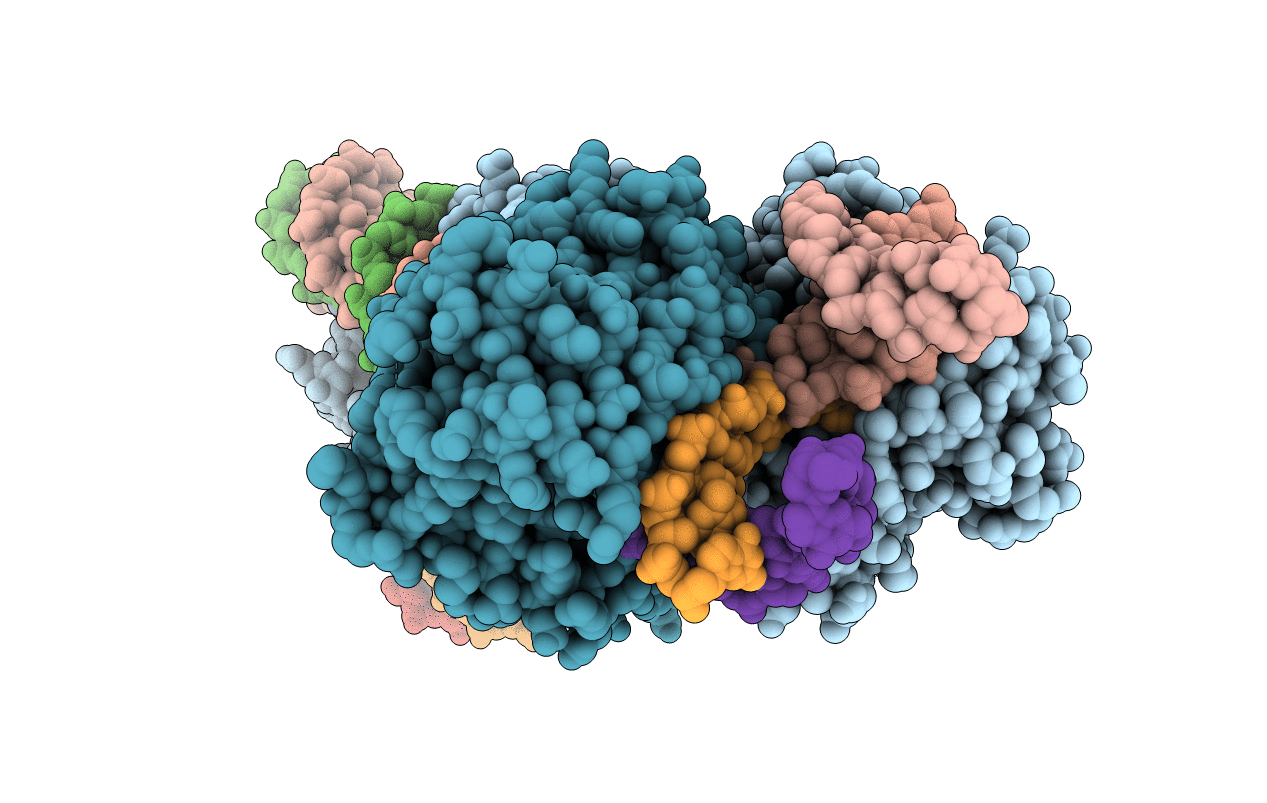
Deposition Date
2016-01-19
Release Date
2016-06-01
Last Version Date
2024-11-06
Entry Detail
Biological Source:
Source Organism:
Drosophila mauritiana (Taxon ID: 7226)
synthetic construct (Taxon ID: 32630)
synthetic construct (Taxon ID: 32630)
Host Organism:
Method Details:
Experimental Method:
Resolution:
3.30 Å
R-Value Free:
0.27
R-Value Work:
0.23
R-Value Observed:
0.23
Space Group:
C 1 2 1


